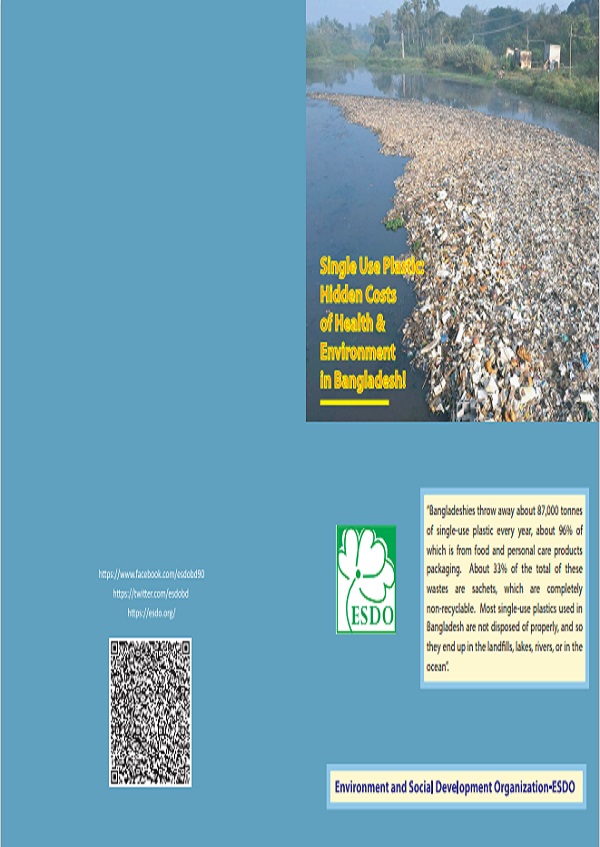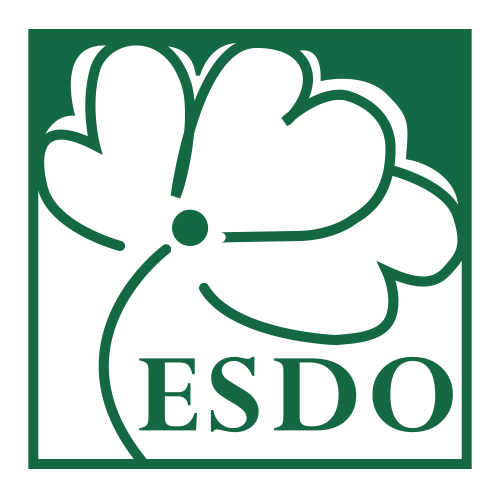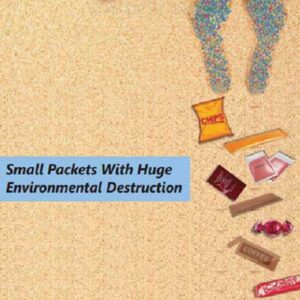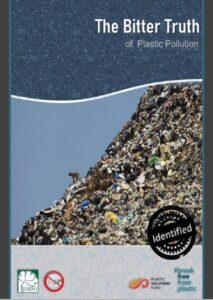ESDO, the Environment & Social Development Organization, has completed its second annual survey of plastic use in Bangladesh. In 2019, ESDO focused exclusively on single-use plastics (SUP). The organization surveyed over 800 people in urban and rural areas of Bangladesh. Primary questions were about what types of plastic they use, where these plastic items come from, and how they are disposed of. In addition, the study integrated the findings from ESDO’s 2018 study that surveyed 1200 people from four major divisional cities (Dhaka, Chittagong, Rajshahi and Sylhet) to derive a comprehensive overview of the urban situation. Both surveys have also been conducted along the outskirts of the cities to have an insight into the rural waste generation scenario. Based on the survey findings, ESDO estimates that Bangladeshis throw away about 87,000 tons of single-use plastic every year. About 96% of this is from food and personal care products packaging. About 35% of the total are sachets, which are completely non-recyclable and non-biodegradable. Most single-use plastics used in Bangladesh are not disposed of properly, and end up in the landfills, lakes, rivers, or in the ocean. The UN Environment Programme (UNEP) estimates that 73 thousand tons of plastic waste ends up in the ocean annually through Bangladesh’s major rivers Brahmaputra, Meghna and Ganges.

Single Use Plastic: Hidden Costs of Health and Environment in Bangladesh
- Post published:March 21, 2023
- Post category:PUBLICATION
- Post comments:0 Comments


